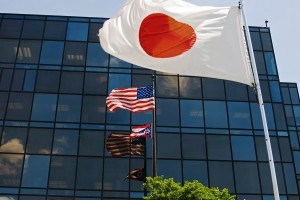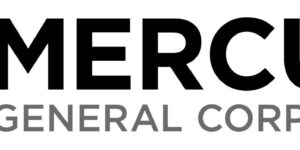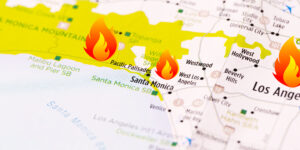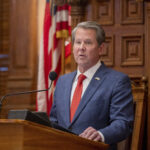Japan and the United States have agreed on a deal to allow Tokyo to join talks on a U.S.-led Asia-Pacific free trade pact that Prime Minister Shinzo Abe is making a keystone of his strategy to open Japan’s economy and spur long-sought growth.
The agreement brings Japan closer to entering talks on the Trans-Pacific Partnership (TPP), which Japan hopes to participate in as early as July.
“Japan and the United States have reached an agreement on Japan’s participation in the TPP talks,” Abe told reporters on Friday after a meeting with cabinet ministers.
“I think Japan’s national interests are protected under this U.S.-Japan agreement,” he said, adding he hoped Japan could take part in the negotiations as soon as possible.
In Washington, Acting U.S. Trade Representative Demetrios Marantis said Japan had agreed to “a robust package of actions and agreements” to address U.S. concerns in the automotive, insurance and other sectors.
“As a result, we are pleased to welcome Japan’s participation in the TPP negotiations pending a consensus agreement among the current TPP members and the completion of our respective domestic processes,” Marantis said.
Still, a key U.S. lawmaker reserved judgement on the deal.
“I will not support Japan’s entry into TPP unless we obtain airtight assurances that Japan’s participation in the TPP negotiations will neither diminish the comprehensive and ambitious nature of these negotiations nor delay the goal of concluding the negotiations this year,” said House of Representatives Ways and Means Committee Chairman Dave Camp, a Michigan Republican.
ABE’S ‘THIRD ARROW’
Abe last month announced his decision to join the trade talks – despite fierce opposition from Japan’s politically powerful farm lobby – as part of a “third arrow” in his “Abenomics” policy triad, after fiscal spending and drastic monetary policy easing.
Japan needs formal approval by all 11 participating countries to take part in the talks. If Japan does join, the pact would cover an area that accounts for almost 40 percent of world economic output.
The U.S.-Japan agreement allows the White House to give Congress 90-days’ notice that it plans to start trade negotiations in time for Japan to participate in a July round of TPP talks.
U.S. labor groups had been worried about the impact of removing U.S. tariffs on autos.
But Tokyo and Washington agreed that the United States would phase out its auto tariffs – 2.5 percent on cars and 25 percent on trucks – over the longest period possible under the future TPP deal, the Japanese government said in a statement.
They also confirmed that certain industrial products were “sensitive” for the United States while certain farm products were “sensitive” for Japan, and agreed to keep talking bilaterally about non-tariff barriers in areas such as insurance and investment, it said.
New Zealand Trade Minister Tim Groser said last month the TPP member nations could formally decide whether to allow Japan into the talks when the 21-member trade officials meet in Indonesia on April 20-21 for the annual meeting of the Asia-Pacific Economic Cooperation forum.
Countries in the trade talks include Canada, Mexico, Australia, Chile, Peru, Singapore, Malaysia, Vietnam and Brunei. The member countries aim to strike a deal by the end of this year.





















 Business Groups, Trial Lawyers at Odds Over Georgia’s Latest Push to Curb Lawsuits
Business Groups, Trial Lawyers at Odds Over Georgia’s Latest Push to Curb Lawsuits  As Life Shifts Gears, Insurance CEO Chases Racing Dream
As Life Shifts Gears, Insurance CEO Chases Racing Dream  Los Angeles Wildfire to Have Limited National Economic Impact: Economists
Los Angeles Wildfire to Have Limited National Economic Impact: Economists  Significant But ‘Manageable’ Insurance Losses Expected From LA Fires: S&P
Significant But ‘Manageable’ Insurance Losses Expected From LA Fires: S&P 